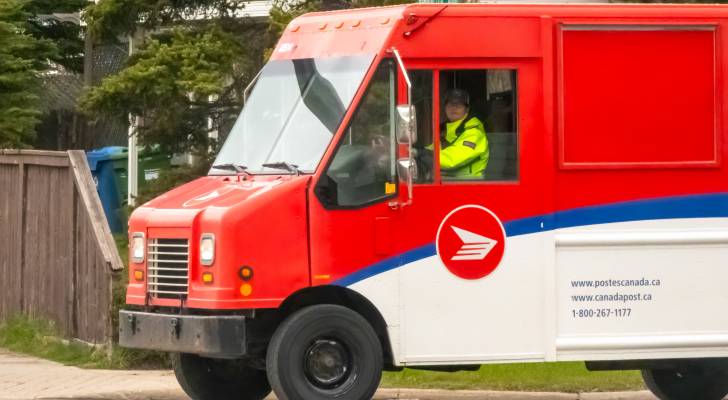Canada Post strike could delay CPP and OAS: Here’s how seniors can protect their income

The negotiations between Canada Post and its unionized postal workers have been ongoing for more than 18 months and despite a mandate from the federal jobs minister, more than three weeks ago, there’s still been no date set for a vote by Canada Post workers on the “final” contract offer by the Crown corporation. As […]
How to choose the best student credit card in Canada

Choosing the right student credit card is an important step for Canadian post-secondary students looking to build credit and manage expenses. With the right card, you can not only establish good financial habits but also earn rewards such as cash back and discounts that support your student lifestyle. Here’s how to find the best student […]
Crush cash flow chaos: How smart credit card use can save you hundreds each year (and make budgeting and saving easier)

With the cost of living still high in many parts of Canada and average credit card interest rates hovering around 21%, managing day-to-day finances has never been more important. While credit cards are often associated with debt, when used wisely, they can be a powerful tool for improving your cash flow, earning rewards, and keeping […]
TikTok is a swamp of bad financial advice, and experts are fighting back

Dr. Brad Klontz first heard about TikTok through his teen nephews. After they showed him some animal videos, he kept scrolling and watching more posts. Before long, the financial psychologist — who helps patients deal with money-related stress — stumbled across one user promoting day trading. “I was sort of blown away because I thought […]
Tariffs shake tech: Trump-era policies ripple through North American firms

Technology stocks are once again under pressure as the Trump administration revives tariffs that focus on global imports. For North American tech giants, many of which depend on complex global supply chains and Chinese manufacturing, the renewed trade friction is creating ripple effects that are reshaping earnings forecasts, production strategies and investor sentiment. While some […]
‘No one should have to go through that’: This Florida woman fought back when her property manager tried to evict her — and won. Why knowing your rights protects more than just your sanity

As more Floridians face evictions from mobile home parks, Kerrie Bacci is demonstrating how to stand your ground — even if that ground is owned by a huge property management company. Bacci owns her mobile home in Shangri La Mobile Home Park in Largo, Florida. What she doesn’t own is the land it sits on. […]
Tesla protests, saving astronauts, xAI, DOGE — Should you invest in Elon Musk?

Elon Musk is one of the most influential entrepreneurs of our time, with ventures spanning from electric vehicles (EV) and space travel, to artificial intelligence (AI). But recently, Musk stepped into politics, and not every investor is happy about it. Recently, a wave of protests, known as the “Tesla Takedown,” have been targeting Tesla dealerships […]
From $183K to $833K: How Canadians in their 50s bridge the retirement savings gap

Welcome to your 50s! This is your last decade of formal employment — and a time to finalize and fine-tune what retirement will look like. While this process can be exciting, it can also be daunting. That’s because it’s in your 50s when most Canadians start to play “catch-up” on retirement savings. Take, for instance, […]
5 of the best low-risk investments for Canadians that protect your cash — and earn you more in 2025

One of the keys to building wealth is understanding the relationship between risk and reward. Canadians are always on the lookout for low-risk investments, but you must understand that free lunches do not exist. A risk-free investment (like a GIC) has a lower expected return than a high-risk investment (like an individual stock). As an […]
Family of 84-year-old BC widow challenges her will after she left $1m to a ‘male escort.’ Here’s what the family is alleging and what you can learn

After a loved one passes, following their wishes in their will is an important part of caring for your family’s legacy. But, what if they wanted to leave $1 million to a male escort? According to a recently published court ruling, a B.C. widow has done just that — but her family is alleging the […]